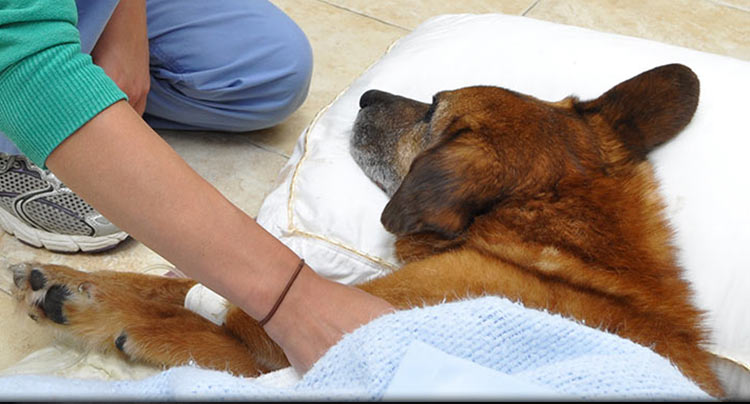How You Can Help During a Pet Emergency
Remember to stay calm. Your pet may feed off your emotions, so if you stay calm, your pet will be calmer, too. Please bring your pet to us as soon as possible after a trauma or call us if you have any questions regarding your pet’s condition. Remember that a pet who is in pain may bite even its owner, so be careful when you handle a pet that may be in pain.
Transporting your pet:
Drive carefully, and transport your pet carefully:
- Handle your pet as gently and as little as possible
- Lie your pet on its side if possible. If the pet seems to resent this or has more difficulty breathing on its side, leave the pet in a comfortable position of his or her choosing.
- Place your pet in the back seat and, when possible, have someone right in the back with them.
- If your pet cannot walk or is too weak to stand, gently wrap/slide your pet into a blanket, towel, or coat, or place your pet in a secure pet carrier.
- If you have assistance, two people should lift your pet into your vehicle supporting the head and rear.
First Aid:
- If your pet is bleeding, apply firm, direct pressure over the bleeding area to control bleeding. Avoid bandages that cut off circulation.
- Wrap large wounds to keep them clean.
- Minimize movement as much as possible.
Other Ways to help:
- Keep a file with your pet’s records and bring it with you if possible.
- Be a good observer; know when your pet last ate, drank, urinated or defecated.
- Bring a sample of any abnormal stool, vomit, or urine.
- If seizures or fainting occur, time the length of these episodes.
- Bring containers of any possible ingested toxins to the veterinarian.
- Check with us before giving any home remedies or human medications.







